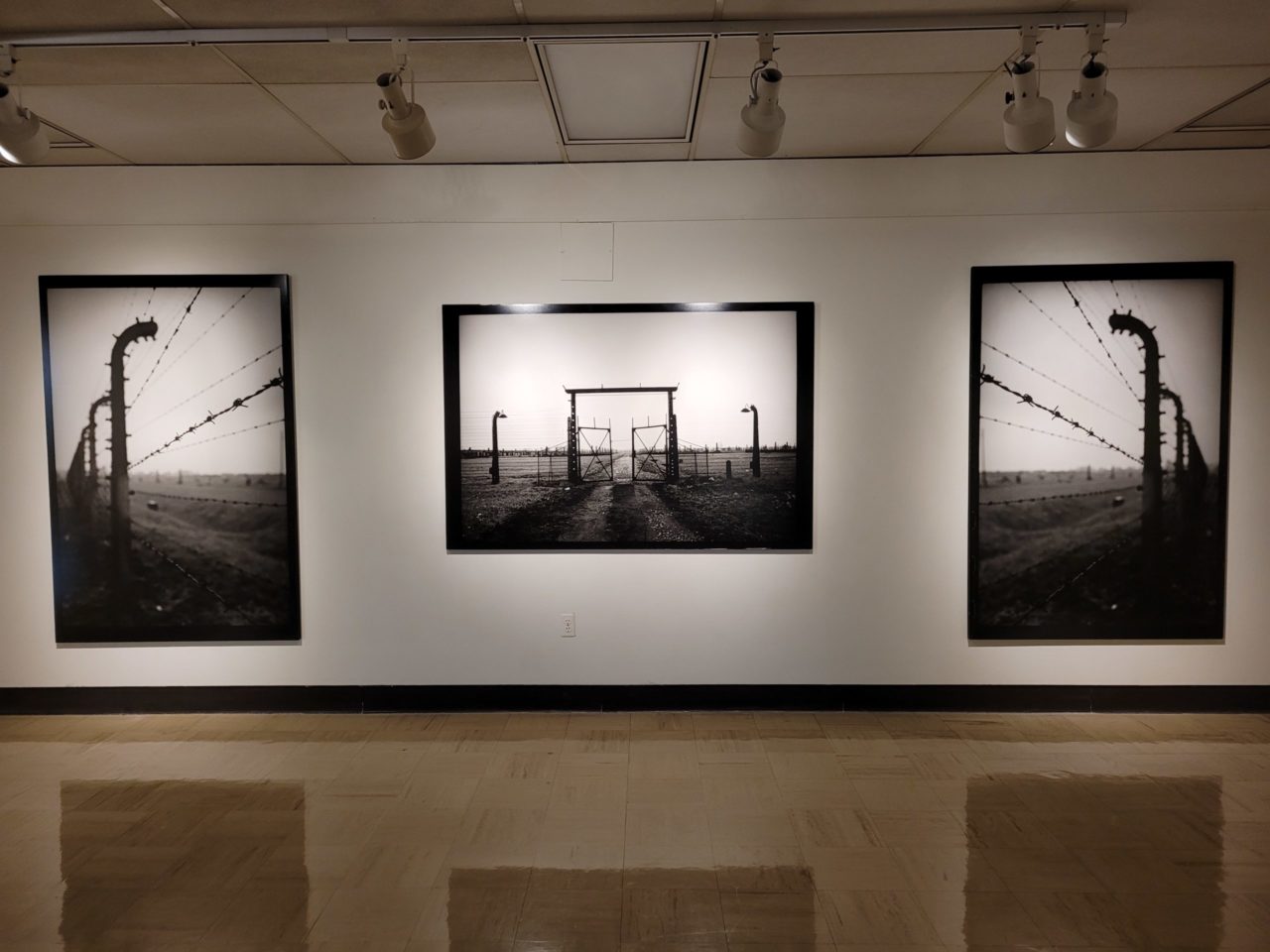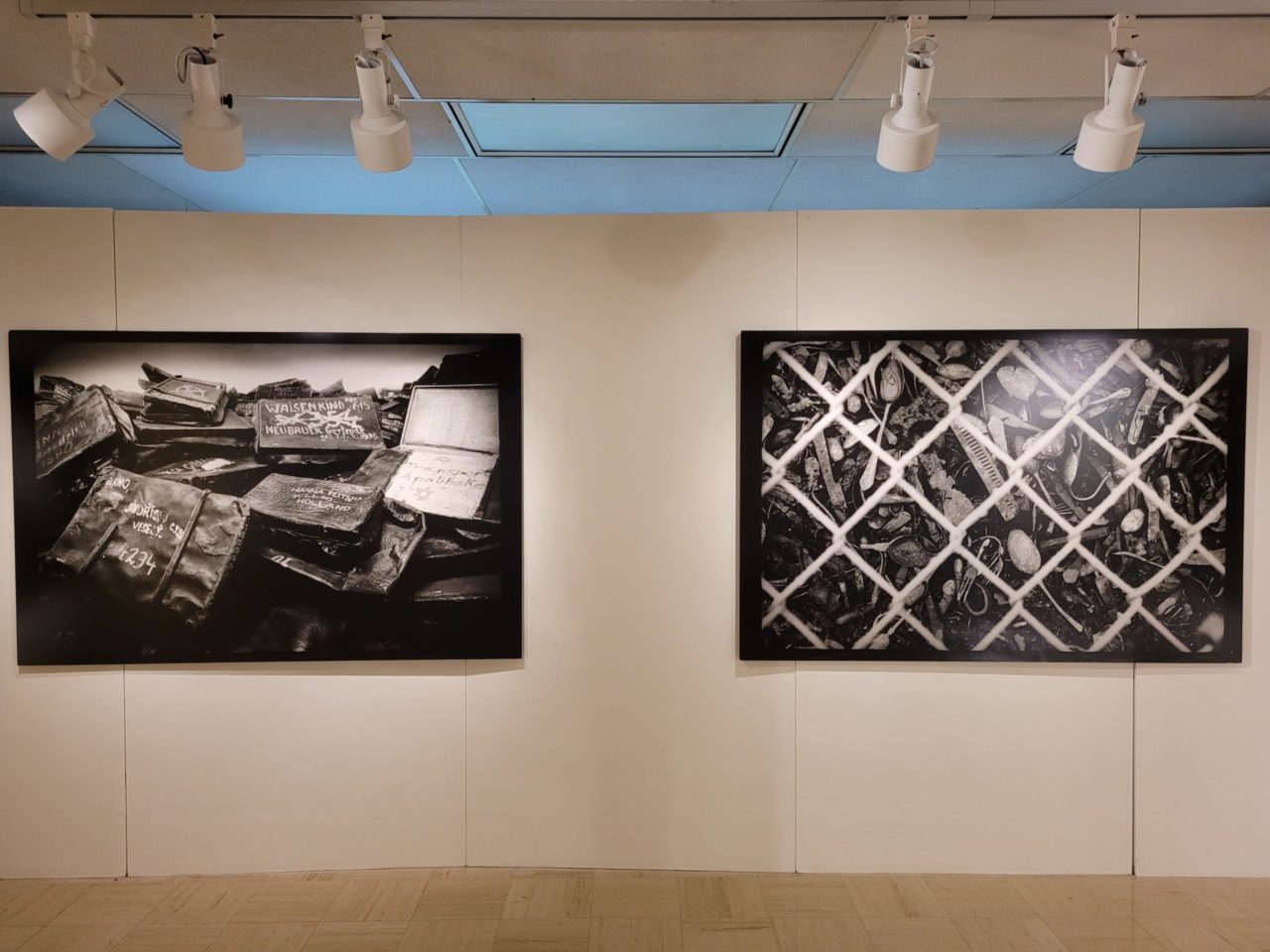The Schumacher Gallery has launched a new exhibit that explores somber, yet powerful imagery of the Holocaust concentration, Auschwitz.
Art has been a form of creative expression for humans since the beginning of mankind. In recent years, it has extended beyond paintings and drawings, and on to photography and storytelling.
The ability of photography to capture all the feelings and emotions in a scene in real-time is something that other art forms cannot match.
The Schumacher Gallery, on the fourth floor of Blackmore Library, has a special featured exhibit every semester. This semester features a series of photographs from an artist named Susan May Tell, whose exhibit is centered around the Holocaust; specifically, the concentration camp Auschwitz.
The exhibit is titled A Requiem: Tribute to Spiritual Space at Auschwitz, and it will run from Sept. 7 – Dec. 11.
When you first arrive in the gallery, the visitor is greeted by smooth, meditative music and the thought crosses your mind that something so focused on the Holocaust would be more involving.
That is until you see the pictures. The new Holocaust exhibit is perfectly laid out. Everything is symmetrical and helps your eye flow from one picture to the other. The pictures themselves are chilling and put you in a more empathetic mood as you begin to get a sense of what this horror must have been like.
Dave Gentilini, director of the Schumacher Gallery, said, “[Susan May Tell has] been around since the 1980s in New York as a photographer…[and has] studied under multiple people that are in our permanent collection of photographers.”
This was more of a passion project for Tell and her manager, as well as the company that she was touring for.
In terms of how this was logistically put together, it is complex. One of the most important aspects of getting the exhibit just right is putting the right pieces in the right places.
Some exhibits require the various pieces to be hung in chronological order, whereas others need to be grouped by color. If there are multiple artists, they may want all their works to be together.
Gentilini said, “This is more of an installation than it is a kind of photography exhibit because there are no labels and nothing is framed, so the pieces are just out there.”
But before that, there is the challenge of getting the pieces into the gallery itself. This requires working with shipping companies to get them delivered in the correct shipping crates, which are all custom-made to fit the individual pieces.
The Facilities department is also needed, not just to get the pictures up four stories, but to store the shipping crates in their appropriate climate-controlled storage area.
The gallery is also a climate-controlled area for pictures and other exhibits. This is important as the temperature and humidity can cause the crates and pictures to slightly warp. If this happens, they will not fit into the shipping containers correctly and could get damaged.
This exhibit has been in the works for about three months.
In addition, the Schumacher Gallery has other things on display on top of the occasional feature exhibit. Gentilini said, “We are the only ones with a permanent standing Asian collection on display, same with the oceanic, and we’re the largest African collection on display in the state.”
If you are interested in seeing this more firsthand, head over to the fourth floor of Blackmore Library to see the famous Schumacher Gallery. Or, check out the various exhibits from the palm of your hand.




